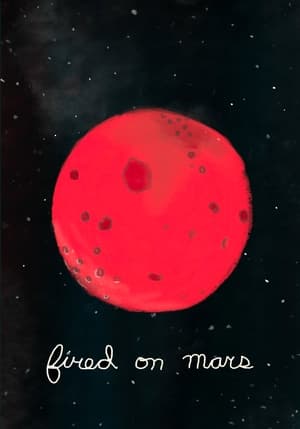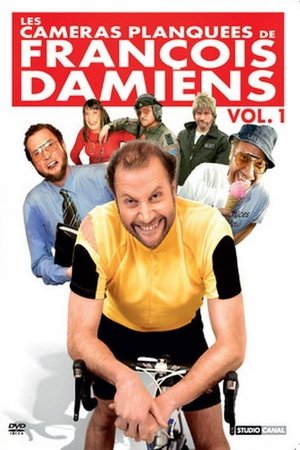

The Mona Lisa Curse(2008)
The Mona Lisa Curse is a Grierson award-winning polemic documentary by art critic Robert Hughes that examines how the world's most famous painting came to influence the art world. With his trademark style, Hughes explores how museums, the production of art and the way we experience it have radically changed in the last 50 years, telling the story of the rise of contemporary art and looking back over a life spent talking and writing about the art he loves, and loathes. In these postmodern days it has been said that there is no more passé a vocation than that of the professional art critic. Perceived as the gate keeper for opinions regarding art and culture, the art critic has supposedly been rendered obsolete by an ever expanding pluralism in the art world, where all practices and disciplines are purported to be equal and valid. Robert Hughes, however, is one art critic who has delivered a message that must not be ignored.
Movie: The Mona Lisa Curse

The Mona Lisa Curse
HomePage
Overview
The Mona Lisa Curse is a Grierson award-winning polemic documentary by art critic Robert Hughes that examines how the world's most famous painting came to influence the art world. With his trademark style, Hughes explores how museums, the production of art and the way we experience it have radically changed in the last 50 years, telling the story of the rise of contemporary art and looking back over a life spent talking and writing about the art he loves, and loathes. In these postmodern days it has been said that there is no more passé a vocation than that of the professional art critic. Perceived as the gate keeper for opinions regarding art and culture, the art critic has supposedly been rendered obsolete by an ever expanding pluralism in the art world, where all practices and disciplines are purported to be equal and valid. Robert Hughes, however, is one art critic who has delivered a message that must not be ignored.
Release Date
2008-09-18
Average
8.5
Rating:
4.3 startsTagline
Genres
Languages:
EnglishKeywords
Recommendations Movies
 6.3
6.3The Alcohol Years(en)
Carol Morley returns to Manchester, where in the early 1980s, five years of her life were lost in an alcoholic blur. The Alcohol Years is a poetic retrieval of that time, in which rediscovered friends and acquaintances recount tales of her drunken and promiscuous behavior. In Morley’s search for her lost self, conflicting memories and viewpoints weave in and out, revealing a portrait of the city, its pop culture, and the people who lived it.
 9.7
9.7Jennifer Lopez | All I Have(en)
"Jennifer Lopez: All I Have" was the first concert residency by American entertainer Jennifer Lopez. Performed at Zappos Theater (formerly The AXIS Theater) located in the Planet Hollywood Resort & Casino in Las Vegas, Nevada, the residency began on January 20, 2016 and concluded on September 29, 2018. The show has received critical acclaim for its production and Lopez's showmanship. The residency grossed $101.9 million after 120 shows, making it the sixth highest-grossing Las Vegas residency of all time, and the top residency by a Latin artist.
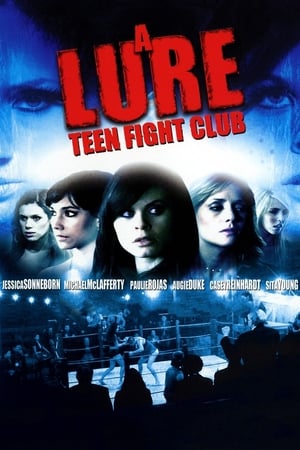 7.1
7.1A Lure: Teen Fight Club(en)
A community is under siege as three Belmont Highschool coed students go missing with no trace of their whereabouts. The pressure is on the police to capture the culprits responsible. Scouring the school hallways in search of clues, undercover female detective Maggie Rawdon (Jessica Sonnerborn) enters Belmont High as a transfer student in an attempt to solve the hideous disappearance of the students. Maggie makes a few new friends, and gets invited to a private rave in the country. Just as the group begins to suspect that they've taken a wrong turn, however, the trap is sprung and Maggie finds out firsthand what fate has befallen the missing girls.
 8.0
8.0Niagara Falls(en)
Embark to Niagara Falls and witness its stunning beauty and a wide variety of wildlife—mammals, birds, and reptiles. Through the eyes of passionate scientists, uncover a complex world forged by stone and powered by water.
 0.0
0.0The Minds Of 99 - Tre Døgn i Parken(da)
THE MINDS OF 99 – THREE DAYS IN THE PARK is a concert documentary film that follows the band and the individual members in the period leading up to, during, and after the magical weekend in the Park. Through a compilation of more than 300 hours of material, the audience is taken behind the scenes and gets up close to the band and the pressures and dilemmas, thoughts and emotions they encounter on the journey to the three critically acclaimed stadium concerts.
 6.2
6.2Diagnosis Bipolar: Five Families Search for Answers(en)
Traumatized. Immobilized. Stigmatized. Families reveal the struggles, hopes and fears that arise from raising young children with Bipolar Mood Disorder. Shot over the course of 12 months, the film focuses on five sets of parents and how they handle the unique challenges of caring for their bipolar children in the shadow of depression, violence and the threat of suicide.
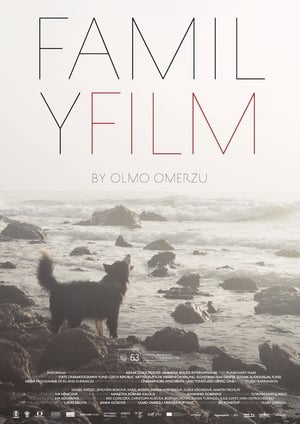 6.7
6.7Family Film(cs)
A couple embark on an early vacation. Left alone, their children cut loose until the boy gets caught for skipping school and things take an unexpected turn. Boasting exquisite camera work, the film is also unforgettable for its wholly original ending.
Hamari Bahu Alka(hi)
Collegian Pratapchand alias Pratap lives with his father, Badriprasad, a building contractor, his housewife mom, and a younger brother named Ramu. Badriprasad is always critical of Pratap, and never a day passes without Pratap being reminded of his shortcomings. When Pratap's friend, Sunil gets married to Sudha, Badriprasad arranges Pratap's marriage with a village belle named Alka, much to Pratap's chagrin. After the marriage takes place, Pratap finds Alka attractive, and both fall in love with each other, and would some time together. But that is not to be so, as Pratap has exams coming up, and Badriprasad will not permit them to be close to each other. So both of them scheme up a plot to leave on the pretext of visiting Alka's parents in another distant town. Instead both of them go to Bombay, rent a room, and decide to be intimate. But fate has other plans, rather comical, for them, and will make rue their decision of coming to Bombay.
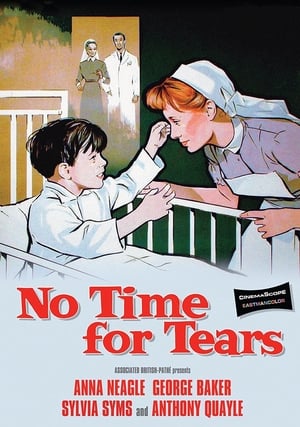 5.0
5.0No Time for Tears(en)
The interwoven dramas of staff and patients in Mayfield Children's Hospital, where the doctors and nurses are in the business of restoring children's lives. One small child risks losing his sight, while twin boys fool the doctors over which one has appendicitis. Meanwhile, behind the scenes, new nurse Margaret Collier suffers pangs of unrequited love for houseman Dr. Nigel Barnes.
Trinity(en)
Explores Man's tendency to reduce the world into discrete intervals so that it might be more readily analyzed, even if not wholly understood.
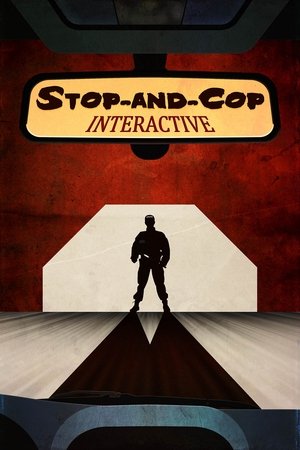 8.5
8.5Stop-and-Cop Interactive(fr)
STOP + Cop = "Stop" or "Slow down" ? Make the right choice. An interactice movie by Ken Arsyn.
 3.5
3.5Papertrail(en)
Jason Enola is an obsessive FBI agent who is almost losing his mind after ten years on the tail of an elusive serial killer whose hallmark is the "paper trail" of notes left along with the victims. As the film begins, a new wave of killings start after four years of silence, and the psychiatrist Dr. Alyce Robertson becomes involved when she starts receiving telephone calls from the killer.
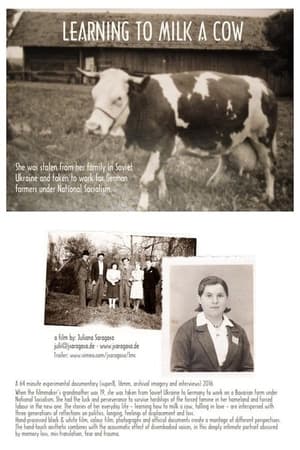 10.0
10.0Learning to Milk a Cow(en)
A daring documentary delving into the experiences of a Ukrainian forced labourer in Germany during World War II, exploring themes of love, loss, and profound longing. When the filmmaker’s grandmother was 19, she was taken from Soviet Ukraine to Germany to work on a Bavarian farm under National Socialism. She had the luck and perseverance to survive the hardships of the forced famine in her homeland and forced labour in the new one. The stories of her everyday life – learning how to milk a cow, and falling in love – are interspersed with three generations of reflections on politics, longing, feelings of displacement and loss. Hand-processed black & white film, colour film, photographs and official documents create a montage of different perspectives. The hand-touch aesthetic combines with the acousmatic effect of disembodied voices, in this deeply intimate portrait obscured by memory loss, mistranslation, fear and trauma.
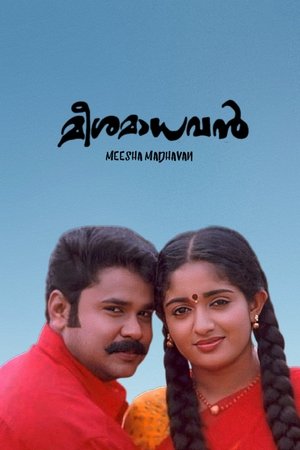 7.5
7.5Meesa Madhavan(ml)
Madhavan (Dileep) is a clever thief who does robbery for a living. He is following the principles of his mentor Mullani Pappan (Mala Aravindan). Meesa Madhavan got his name by the popular saying that if Madhavan rolls his Mustache (Meesa in Malayalam) looking at someone, he will rob his house that night. His enemy was a local money lender Bhageerathan Pillai (Jagathy Sreekumar) who refused to give back his father's property. Madhavan falls in love in Bhageerathan Pillai's daughter Rukmini (Kavya Madhavan). The sub inspector in the village Eappen Pappachi (Indrajith) has an eye on Rukmini. He steals the idol from the local Temple with the intention of selling it and puts the blame on Madhavan. It becomes Madhavan's responsibility to find the culprits and he does that with his mentor's help and thus uniting with his girl friend.
Similar Movies
 0.0
0.0My America... or Honk If You Love Buddha(en)
Renee Tajima-Peña takes to the road to investigate questions about Asian-American identity.
 6.8
6.8Advanced Style(en)
Advanced Style examines the lives of seven unique New Yorkers whose eclectic personal style and vital spirit have guided their approach to aging. Based on Ari Seth Cohen’s famed blog of the same name, this film paints intimate and colorful portraits of independent, stylish women aged 62 to 95 who are challenging conventional ideas about beauty, aging, and Western’s culture’s increasing obsession with youth.
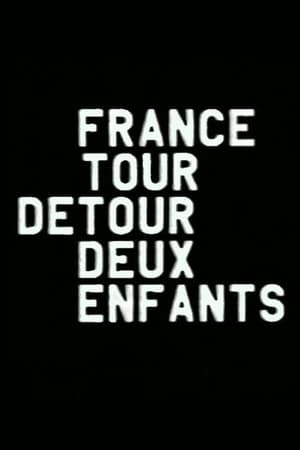 6.1
6.1France / Tour / Detour / Two / Children(fr)
In this astonishing twelve-part project for and about television — the title of which refers to a 19th-century French primer Le tour de la France par deux enfants — Godard and Miéville take a detour through the everyday lives of two children in contemporary France.
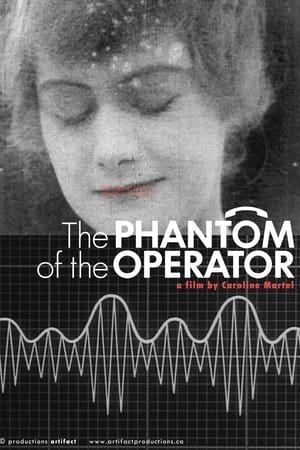 4.8
4.8The Phantom of the Operator(en)
The Phantom of the Operator is a poetic film collage that documents the construction and rise of female telephone operators and their eventual replacement with computerized communications systems.
 6.6
6.6School of Babel(fr)
They just arrived in France. They are Irish, Serbs, Brazilians Tunisians, Chinese and Senegalese ... For a year, Julie Bertuccelli filmed talks, conflicts and joys of this group of students aged 11 to 15 years, together in the same class to learn French.
 6.7
6.71971(en)
Forty years before WikiLeaks and the NSA scandal, there was Media, Pennsylvania. In 1971, eight activists plotted an intricate break-in to the local FBI offices to leak stolen documents and expose the illegal surveillance of ordinary Americans in an era of anti-war activism. In this riveting heist story, the perpetrators reveal themselves for the first time, reflecting on their actions and raising broader questions surrounding security leaks in activism today.
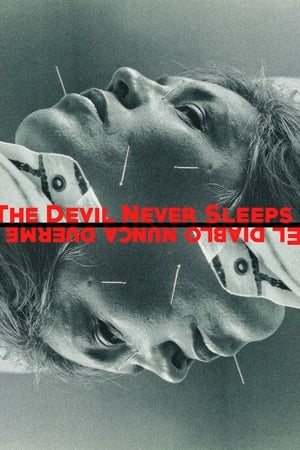 5.0
5.0The Devil Never Sleeps(en)
The Devil Never Sleeps is a “whodunit” documentary about family secrets. Filmmaker Lourdes Portillo received a phone call informing her of the mysterious death of her wealthy Mexican uncle Oscar. Officially ruled a suicide, Portillo’s relatives claimed murder, offering several possible suspects including a business partner, a ranch hand, and Oscar’s young widow who stood to inherit everything. Traveling to Mexico, Portillo attempts to learn the truth about her powerful uncle. Using interviews, old snapshots and home movies, she finds a complicated web of family secrets, intrigue, rumor and betrayal that makes her enigmatic uncle’s murder seem ever more likely, yet ever more obscure. As the Mexican saying goes, “When evil is lurking, the devil never sleeps.”
 5.7
5.7Bowie: The Man Who Changed the World(en)
Experience an inside look at David Bowie's incredible influence on music, art and culture via interviews with some of the people who knew him best.
Good Grief(en)
Good Grief is a short stop motion animated documentary that explores the lessons we learn from dealing with grief and loss. Five real people share their true stories of losing something precious and what it has taught them about living.
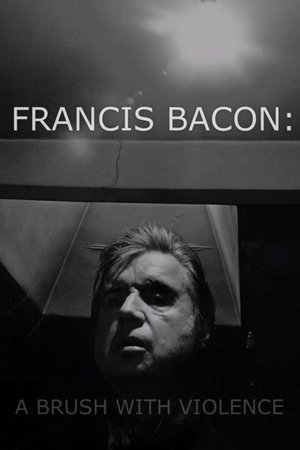 7.1
7.1Francis Bacon: A Brush with Violence(en)
In this unique, compelling film, those who knew him speak freely, some for the first time, to reveal the many mysteries of Francis Bacon.
 7.6
7.6The Pixar Shorts: A Short History(en)
The story of Pixar's early short films illuminates not only the evolution of the company but also the early days of computer animation, when a small group of artists and scientists shared a single computer in a hallway, and struggled to create emotionally compelling short films.
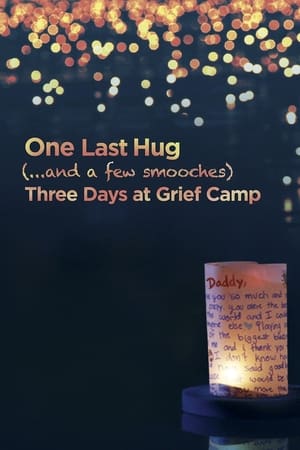 6.8
6.8One Last Hug(en)
"One Last Hug" chronicles a three day summer camp for children learning to cope with the death of a loved one. With the guidance of trained professionals, grieving children as young as seven years old learn that their feelings are normal, and that by talking about them they can begin to heal. A testament to the healing power of shared sorrow, One Last Hug shows the often-unseen and particular experience of children's grief.
 0.0
0.0Two Beats One Soul(en)
Husband and wife music producers Ray Chew and Vivian Scott Chew embark on an ambitious two week journey to Cuba to create a collaboration of sounds which originated from Afro-Caribbean roots that has evolved into what we now consider modern day Salsa music. Bringing together multiple artists from the U.S. and Cuba, the film shines a light on Cuban culture and takes the viewer through the creative process and challenges of producing an album while providing an auditory sensation that touches the soul. Featuring Eric Benét, Louie Vega and Sergio George-who has produced albums for Jennifer Lopez, Marc Anthony and more. Audiences will walk away feeling the passion, positive energy, triumph and love that keeps this musical marriage strong.
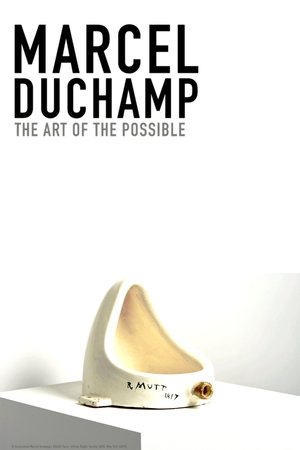 6.0
6.0Marcel Duchamp: The Art of the Possible(en)
A remarkable walk through the life and work of the French artist Marcel Duchamp (1887-1968), one of the most important creators of the 20th century, revolutionary of arts, aesthetics and pop culture.
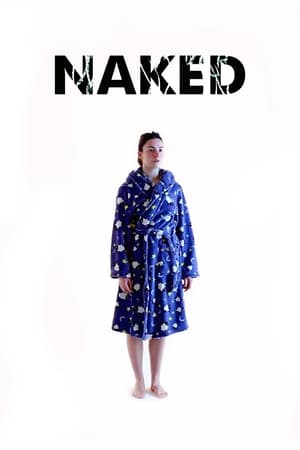 0.0
0.0Naked(en)
Three life models pose naked for an artist. They are Kate Dunne, Dylan Jon Matthews, and Izabella Linuza. We see them pose naked as the artist draws and paints them. They tell us about how they got into life modeling, what it feels like to stand naked in front of strangers, body image, and sexual issues. We explore the ancient and mysterious relationship between the artist and the life model. At the end, Dylan draws Kate and Izabella naked. Then Kate and Izabella draw Dylan naked. We demonstrate the similarities and differences between the male gaze and the female gaze.
 5.6
5.6How to Cook Your Life(en)
A Zen priest in San Francisco and cookbook author use Zen Buddhism and cooking to relate to everyday life.
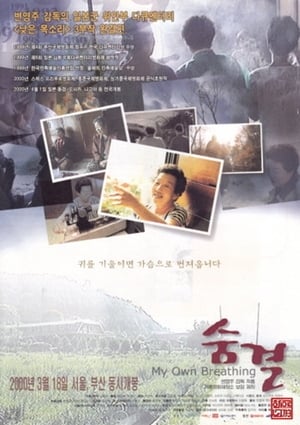 5.5
5.5My Own Breathing(ko)
"My Own Breathing" is the final documentary of the trilogy, The Murmuring about comfort women during the World War II directed by BYUN Young-joo. This is the completion of her seven years work. BYUN's first and second documentaries spoke of grandmothers' everyday life through the origin of their torment, while My Own Breathing goes back to their past from their everyday life. Deleting any device of narration or music, the camera lets grandmothers talk about themselves. Finally, the film revives their deep voices trampled by harsh history.
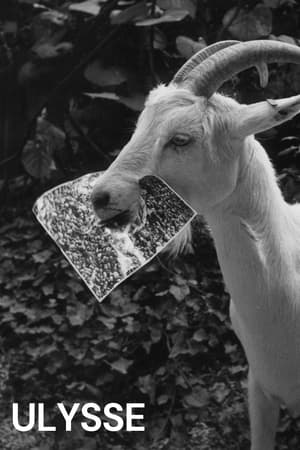 6.7
6.7Ulysse(fr)
At the sea shore, a goat, a child, and a naked man. This is a photograph taken in 1954 by Agnès Varda. The goat was dead, the child was named Ulysses, and the man was naked. Starting from this frozen image, the film explores the real and the imaginary.
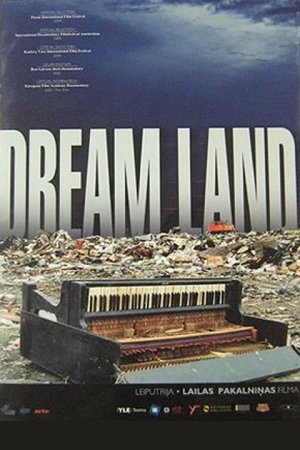 6.6
6.6Dream Land(xx)
There are places that we don’t want to know anything about, places that we would rather pretend don’t exist at all. One such place is a dumpsite. From the humans’ point of view, it is a ghastly place, a stinking desert of trash. But it’s a desert that is teaming with life.


